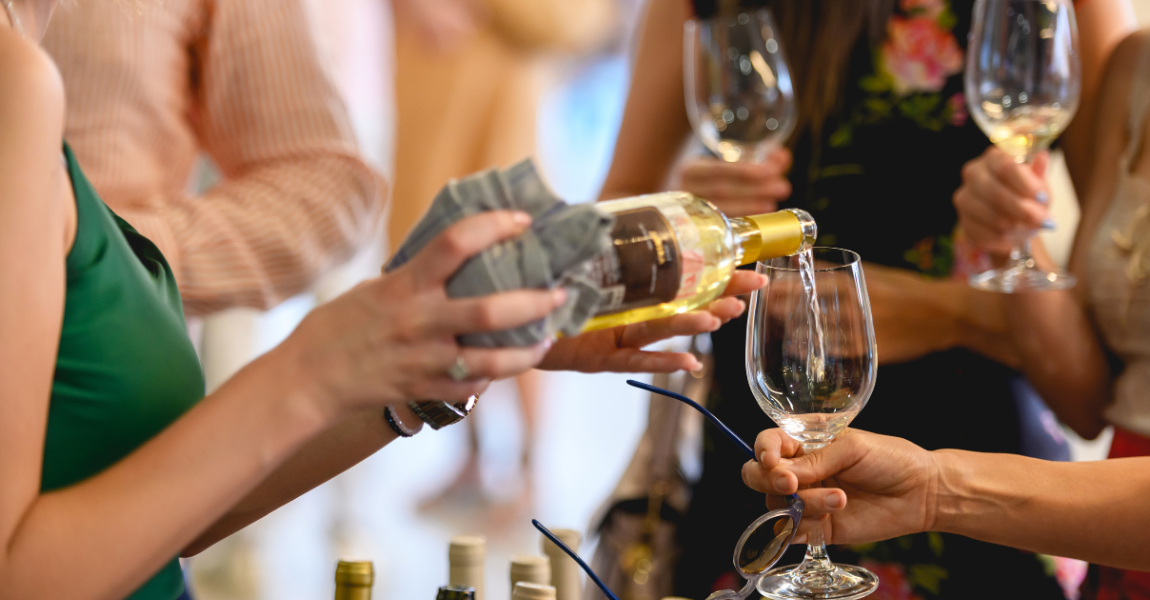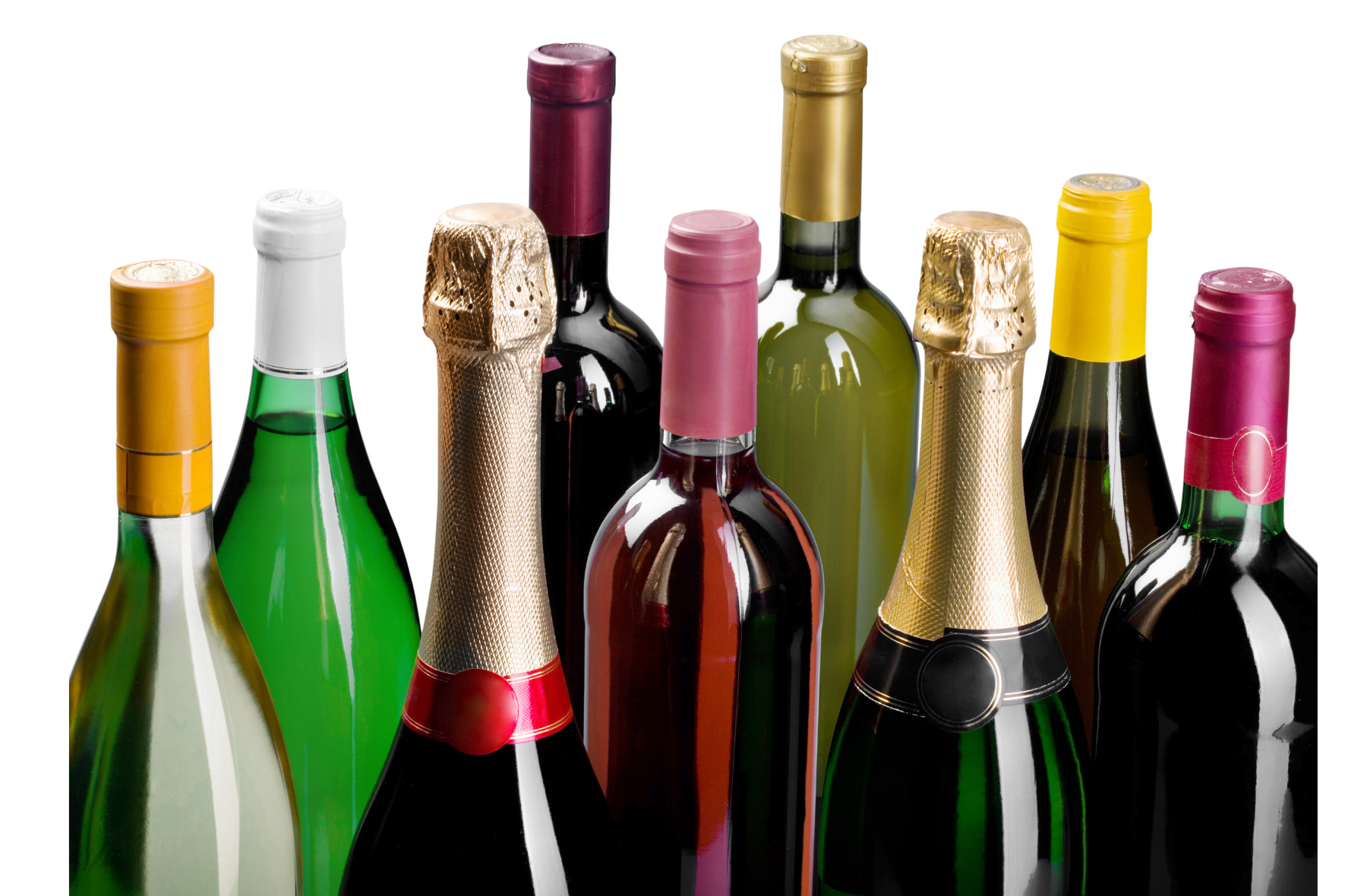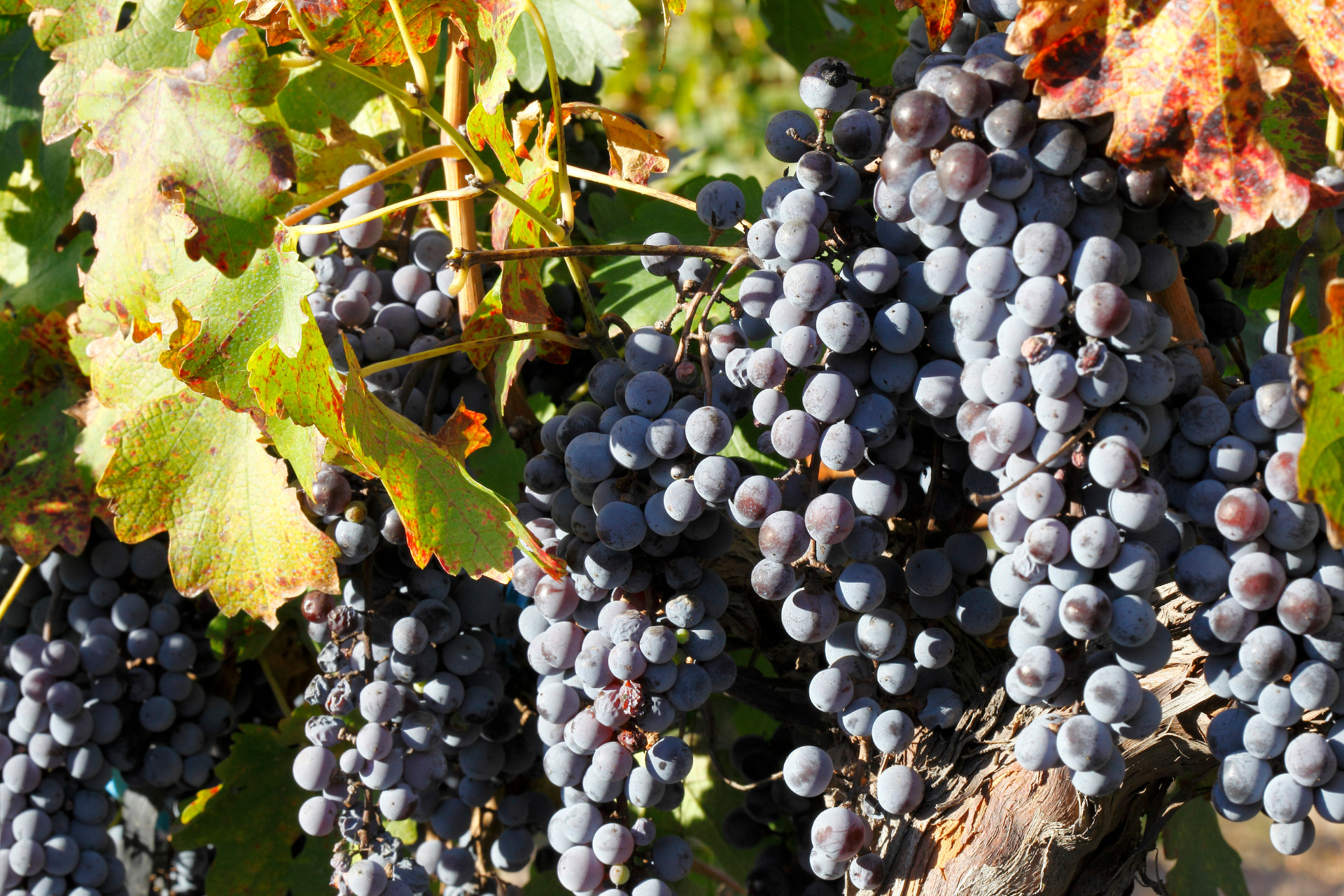How Many Glasses of Wine in a Bottle?
To Help You Be A Responsible Host it's Important to know How Many Glasses of Wine are in a Bottle?

When enjoying a bottle of wine, the question "How many glasses of wine are in a bottle?" often comes up.
This seemingly simple query has a nuanced answer, influenced by factors like the size of the bottle, the type of wine, the size of the pour, and the cultural or situational context.
Whether you're hosting a dinner party, planning a wine-tasting event, or simply savouring a bottle at home, understanding this topic will help you manage portions, appreciate wine’s complexities, and enhance your overall wine experience.
Standard Bottle Size
The most common wine bottle size is 750 millilitres (ml).
This is the size you’ll typically see in stores, restaurants, and wineries.
In the metric system, 750 ml equals approximately 25.4 ounces.
To determine how many glasses a bottle yields, the size of the standard pour plays a crucial role.
The Standard Pour
A standard pour of wine is generally considered to be 150 ml (approximately 5 ounces).
This measurement is common in restaurants and wine-tasting settings, providing enough wine to enjoy its aroma, flavour, and complexity without overwhelming the palate.
Using this standard pour:
A 750 ml bottle contains about 5 glasses of wine.
This calculation assumes consistency in pouring.
However, real-world factors often lead to variation.
Factors Influencing the Number of Glasses in a Bottle
1. Glass Size and Style
Wine glasses come in various shapes and sizes, from small dessert wine glasses to oversized red wine goblets.
While the standard pour is 150 ml (5 oz), larger glasses may invite more generous pours. Conversely, smaller glasses for fortified wines, such as port, may be served in smaller quantities (around 90 ml or 3 oz).
Common Glass Types and Pours:
- Red Wine Glasses: Often larger to enhance aeration and aroma. Pour size is still typically 150 ml (5 oz).
- White Wine Glasses: Slightly smaller than red wine glasses, with a standard 150 ml (5 oz) pour.
- Sparkling Wine Flutes: Designed to preserve carbonation, pours are often smaller, around 120 - 150 ml (4-5 oz).
- Dessert Wine Glasses: Designed for sweet or fortified wines, pours are usually 60 - 90 ml (2-3 oz).
2. Wine Type
The type of wine can influence how much is typically poured:
- Light Wines (White, Rosé): Standard pours are usually followed.
- Heavier Wines (Full-bodied Reds): Sometimes poured slightly less to allow for savouring.
- Fortified Wines (Port, Sherry): Smaller servings, often 60 - 90 ml (2-3 oz), due to their higher alcohol content.
- Sparkling Wines: Often poured in smaller amounts to prevent overflow and maintain fizz.

Non-Standard Bottle Sizes
While the 750 ml bottle is standard, wine bottles come in a variety of sizes that can significantly impact how many glasses they contain.
Common Bottle Sizes:
Half Bottle (375 ml):
- Contains 2.5 glasses of wine based on a standard pour.
Magnum (1.5 litres):
- Holds the equivalent of 2 standard bottles or 10 glasses of wine.
Jeroboam (3 litres):
- Contains 4 bottles or 20 glasses of wine.
Methuselah (6 litres):
- Equivalent to 8 bottles or 40 glasses of wine.
Nebuchadnezzar (15 litres):
- Contains 20 bottles or 100 glasses of wine.
These larger bottles are typically reserved for special occasions, celebrations, or aging high-quality wines.
Cultural and Situational Variations
Different cultures and situations influence how wine is served and how much is poured.
1. Formal Dining
In formal settings, wine pours are often precise, adhering to the 150 ml (5-oz) standard. This ensures consistency and allows for pairing multiple wines with various courses.
2. Casual Gatherings
At informal gatherings, pours may be more generous, potentially reducing the number of glasses per bottle.
3. Wine Tastings
In wine-tasting environments, smaller pours (around 60 ml or 2 oz) are common. A 750 ml bottle can yield 12-15 tasting pours, allowing more people to sample the wine.
4. Cultural Norms
Cultural traditions may dictate how wine is served:
In France and Italy, wine is often consumed with meals, and pours may be smaller to allow enjoyment across courses.
In North America, Australia and New Zealand, pours tend to be larger, reflecting a more casual approach to wine drinking.

Alcohol Content Considerations
The alcohol by volume (ABV) of a wine can also influence how much is poured.
Higher ABV wines, such as fortified wines, are served in smaller amounts to moderate alcohol intake.
Examples:
- Light Whites and Rosés: 10-12% ABV; standard 150 ml (5 oz) pours.
- Full-bodied Reds: 13-15% ABV; 150 ml (5 oz) pours.
- Fortified Wines: 18-20% ABV; 60 - 90 ml (2-3-oz) pours.
Understanding the ABV helps manage consumption responsibly, particularly when enjoying multiple glasses or pairing wine with food.
Serving Tips for Maximising a Bottle
If you're hosting an event or managing wine service, these tips can help make the most of each bottle:
- Use Proper Glassware: Choosing the right glass enhances the experience and controls portion size.
- Measure Pours: Using a wine-measuring device ensures consistency.
- Consider Wine Type: Adjust pour sizes based on the type and purpose of the wine.
- Chill Appropriately: Serving wine at the right temperature minimises waste by preserving its flavour and aroma.
- Decant Wisely: For red wines, decanting can improve the wine's profile, encouraging guests to sip more slowly.
Conclusion: The Magic Number
For a standard 750 ml bottle of wine:
5 glasses is the average, assuming a 150 ml (5-oz) pour.
However, factors like bottle size, glassware, wine type, and serving context can vary this number.
By understanding these nuances, you can better plan your wine servings, enhance your enjoyment, and host with confidence.
Whether you're savouring a single glass or sharing a magnum with friends, appreciating the craftsmanship and story behind every bottle of wine adds depth to your experience.
Cheers to that!
Wine and Cheese Affair News


